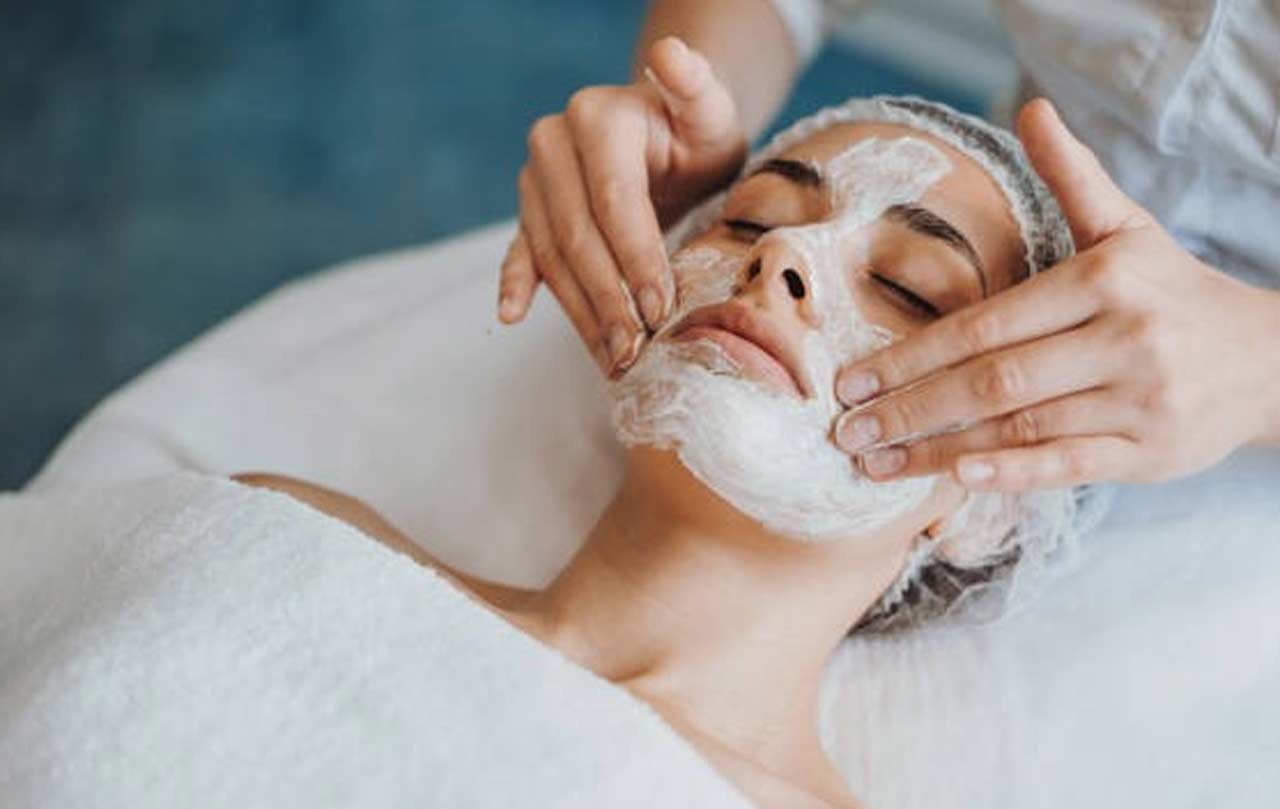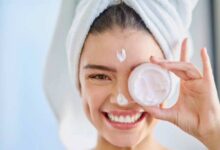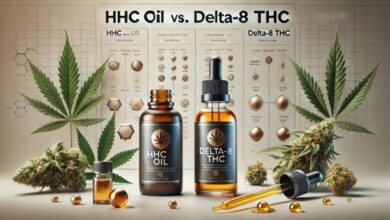 For decades, facials at London Clinics were seen as the exclusive domain of luxury spas and high-end skincare salons—an indulgence reserved for the affluent.
For decades, facials at London Clinics were seen as the exclusive domain of luxury spas and high-end skincare salons—an indulgence reserved for the affluent.
However, in recent years, the facial has transformed into an essential component of modern skincare routines, making its way into the lives of everyday people, not just those pampered at posh retreats.
With the booming wellness industry, the rise of influencers, and an increasingly skincare-savvy public, facials have become more than a treat—they are now necessary.
What Is a Facial?
At its core, a facial is a multi-step skin treatment that typically includes cleansing, fat freezing, exfoliation, extraction, massage, and a mask. The treatment is designed to promote a healthy complexion, remove impurities, and offer a deep cleanse that’s not easily achievable with at-home products alone.
But a facial is also about so much more than just cleanliness. It’s a process tailored to each individual’s skin type and concerns, whether acne, dryness, hyperpigmentation, or signs of aging.
There’s something ritualistic about the experience—lights dimmed, soothing music in the background, and the scent of essential oils filling the air. It’s not just about the outcome but also the journey; a facial is often an emotional reset as much as a physical one. This sensory experience explains why facials are still strongly associated with pampering and luxury, despite their growing accessibility.
The Changing Face of Facials: From the Spa to the Dermatologist’s Office
Traditionally, facials were the hallmark of beauty salons or day spas. However, the treatment landscape has shifted significantly, with dermatologists and medical aestheticians now offering facials that blend beauty with science. These “Medi facials” have risen in popularity, combining the relaxing elements of traditional facials with clinical-grade skincare treatments.
Medifacials often use technologies like LED therapy, microdermabrasion, chemical peels, or laser treatments to target deeper skin issues. They’re designed not just to pamper but to treat skin at a cellular level, addressing concerns such as rosacea, hyperpigmentation, and scarring in a more targeted way than a classic facial.
Dermatologists argue that facials can go beyond being simply a beauty treatment—they can be an integral part of a broader skincare routine aimed at tackling serious skin conditions.
The results, in this case, aren’t just temporary radiance but longer-term improvements in skin health. This shift has elevated the facial’s role in skin care from something superficial to something therapeutic.
The Evolution of Techniques: From Steam to High-Tech Solutions
Over the past few years, facial treatments have evolved significantly, moving away from the traditional steaming and squeezing model. Instead, high-tech treatments have stepped into the spotlight. Technologies like microcurrent devices, oxygen infusion, and radiofrequency treatments have turned the facial into a high-performance ritual.
One of the most popular advancements is the 3D HydrO2 Facial, which uses patented technology to cleanse, exfoliate, extract, and hydrate the skin in one seamless process. The result is smoother, brighter, and more youthful skin without the potential irritation of manual extractions or traditional exfoliation. The treatment has quickly become a favorite of celebrities and influencers, further cementing its place in modern skincare.
LED light therapy is another rising trend, particularly popular for its anti-inflammatory properties. Using different wavelengths of light, LED treatments can target acne, fine lines, or pigmentation.
Blue light is used to kill acne-causing bacteria, while red light is employed to stimulate collagen production and improve skin elasticity. With no downtime and visible results, this once-futuristic treatment is now a common addition to many facials.
But perhaps the biggest shift is the integration of skincare products into these technological treatments. Brands like Biologique Recherche, Dr. Barbara Sturm, and SkinCeuticals have made it possible to combine high-performance skincare with high-tech facials, allowing for a customized experience that feels luxurious and scientific all at once.
The Influence of Instagram and the Rise of ‘Skinfluencers’
Much of the recent surge in facial popularity can be attributed to social media—specifically Instagram and YouTube, where “skinfluencers” have carved out a niche by sharing skincare routines, product recommendations, and facial treatments. These influencers have demystified facials, making them feel more accessible and, crucially, more essential.
Where facials were once shrouded in the mystery of beauty treatments designed solely for the wealthy or beauty-obsessed, now they’re marketed as a basic act of self-care, on par with brushing your teeth or washing your hair.
Seeing influencers get facials on Instagram or TikTok has a unique appeal. The “before and after” photos showcasing the transformation from dull to glowing skin captivate audiences. Many influencers go a step further by live-streaming their facials, sharing each step of the process while highlighting the benefits in real time.
This approach not only educates viewers but also inspires them to seek similar treatments. Leveraging these trends is a smart way to Grow Your Medical Spa, as it showcases the transformative power of your services while engaging a broader audience.
This digital shift has also led to a significant rise in at-home facial tools. From jade rollers to LED masks, beauty brands have capitalized on the demand for skincare gadgets that replicate professional treatments.
While these tools don’t replace the expertise of a skilled aesthetician, they allow consumers to prolong the effects of their in-salon facials or simply indulge in a bit of self-care from the comfort of home.
Customization: Facials as Personalised Experiences
One of the most notable trends in the facial world is the move towards hyper-customization. No longer a one-size-fits-all treatment, facials can now be tailored to address the individual needs of each client. This is especially true for those seeking results-driven facials, where each product and step is chosen based on skin type, concerns, and goals.
Skin is a complex organ, and no two faces are the same. Whether someone is battling acne, combating the early signs of aging, or just wanting a glow before a big event, the modern facial can be fine-tuned to offer personalized solutions.
Some spas even take it a step further, analyzing the skin at a microscopic level before crafting a facial plan that is unique to the client.
Customization extends beyond the products used and into the techniques. For instance, some facials might involve manual lymphatic drainage, where the aesthetician uses gentle pressure to move fluid away from swollen or puffy areas. Others may incorporate cryotherapy, where cold temperatures are applied to tighten the skin and boost circulation.
The Cultural Connection: Global Facial Trends
Facials are not a monolithic treatment, and different cultures have contributed their unique approaches to this skincare staple. For example, in Korea, where the K-beauty movement originated, facials are part of a much larger beauty culture that prizes dewy, glowing skin.
Korean facials often involve multiple steps, using lightweight essences and serums to hydrate and plump the skin. This approach to facials mirrors the country’s famous 10-step skincare routine, where layering products is key to achieving flawless skin.
In contrast, European facials, particularly those inspired by French and Swiss beauty traditions, tend to focus on exfoliation and hydration. The products used are often rich in antioxidants and designed to nourish the skin deeply. Biologique Recherche’s ‘Le Grand Soin,’ for example, is an iconic French facial that has achieved cult status for its intense exfoliation and customization.
Meanwhile, Ayurvedic facials from India use a holistic approach, incorporating herbal treatments and massage techniques to balance both the skin and the mind. Ingredients like turmeric, sandalwood, and neem are commonly used to detoxify and rejuvenate the skin while promoting overall well-being.
The massage component, which often includes pressure point stimulation, helps to release tension and promote relaxation—another testament to how facials can offer more than just skin benefits.
The Science of Skin Health: What Do Facials Do?
For all the allure and relaxation that facials promise, it’s worth asking: do facials work? The answer depends on the individual and the consistency of treatment. While one facial might give an instant glow, long-term benefits typically come from regular treatments that are part of a comprehensive skincare regimen.
The science behind facials supports their efficacy to a certain degree. Cleansing and exfoliation, for example, remove dead skin cells and debris that can clog pores, which in turn helps to reduce breakouts and improve skin texture. Certain treatments, like chemical peels or microdermabrasion, stimulate cell turnover, which is essential for keeping skin youthful and fresh.
Moreover, facials can increase the penetration of active ingredients. For example, after exfoliation, skin is more receptive to products like serums and moisturizers, meaning that these ingredients can work more effectively. This is why post-facial skincare is so important—it’s an opportunity to lock in the benefits of the treatment.
Additionally, some aspects of facials can stimulate blood flow and lymphatic drainage, helping to oxygenate the skin and remove toxins. While the effects of these processes can be short-lived, they contribute to the overall health and appearance of the skin in the short term.
The Emotional Benefits of Facials: Beyond the Skin
While the physical benefits of facials are well-documented, it’s also important to recognize their emotional and psychological impact. In today’s fast-paced, stress-filled world, taking time out for a facial can feel like an essential act of self-care. The ritualistic nature of a facial—the calm environment, the sensory experience, the feeling of being cared for—offers a rare moment of tranquillity.
Research has shown that touch can reduce levels of the stress hormone cortisol and increase the production of serotonin, the “happy” hormone. This might explain why people often leave a facial feeling not just radiant, but relaxed and rejuvenated.
Moreover, the confidence boost that comes from having clear, glowing skin should not be underestimated. Skincare, after all, is deeply tied to self-esteem. When our skin looks good, we feel good, and facials can help us achieve that confidence, whether it’s through clearing up a stubborn breakout or smoothing out fine lines.
The Future of Facials: Sustainability and Inclusivity
As with many industries, the beauty world is increasingly moving towards sustainability, and facials are no exception. With growing awareness about the environmental impact of single-use plastics, chemical-heavy products, and energy-intensive treatments, many spas and skincare brands are pivoting towards more sustainable practices. Eco-friendly facials now offer organic, locally sourced products, and some treatments use minimal water to reduce waste.
Inclusivity is another growing trend. Facials are becoming more accessible to a wider range of people, with treatments designed for different skin tones and types. This is a welcome change, particularly for people of color, who have historically been underserved by the skincare industry.
Brands and spas are recognizing that diversity in skincare matters—what works for one person’s skin might not work for another, and a truly effective facial should be designed with inclusivity in mind. From acne-prone teenage skin to mature skin in need of hydration, the future of facials is one where every skin type is catered to, ensuring that everyone can benefit from the growing world of skincare treatments.
Conclusion: The Facial as a Skincare Essential
Facials have come a long way from their days as a rare indulgence. Today, they are seen as an essential part of a holistic skincare routine, offering both physical and emotional benefits. From traditional cleansing facials to high-tech Medi facials, the treatments available today are as diverse as the people seeking them.
As the skincare industry continues to evolve, facials will likely keep pace, blending cutting-edge technology with time-honored traditions. Whether you’re seeking to address specific skin concerns or simply indulge in a little self-care, the humble facial has become a key player in the world of beauty and wellness. It’s not just about looking good but feeling good, too—a reflection of the growing recognition that skincare is about much more than surface-level beauty.







